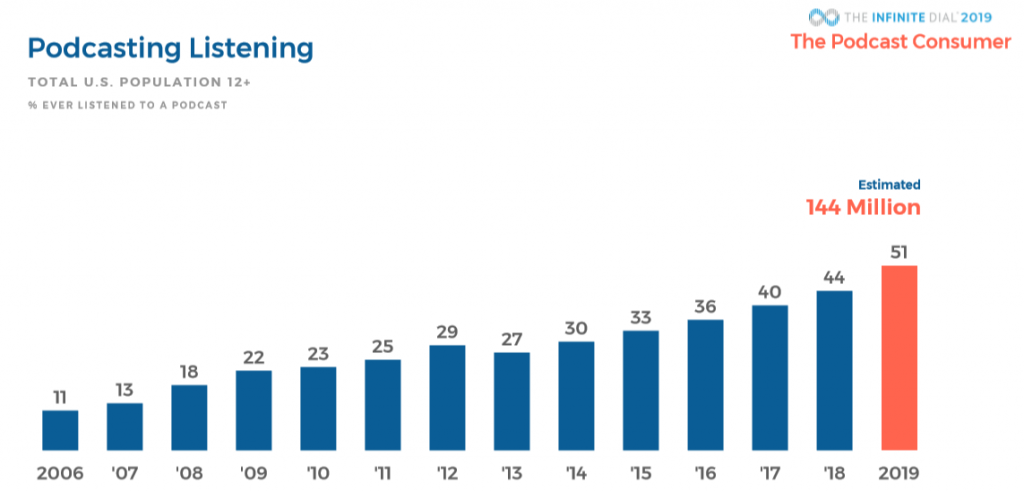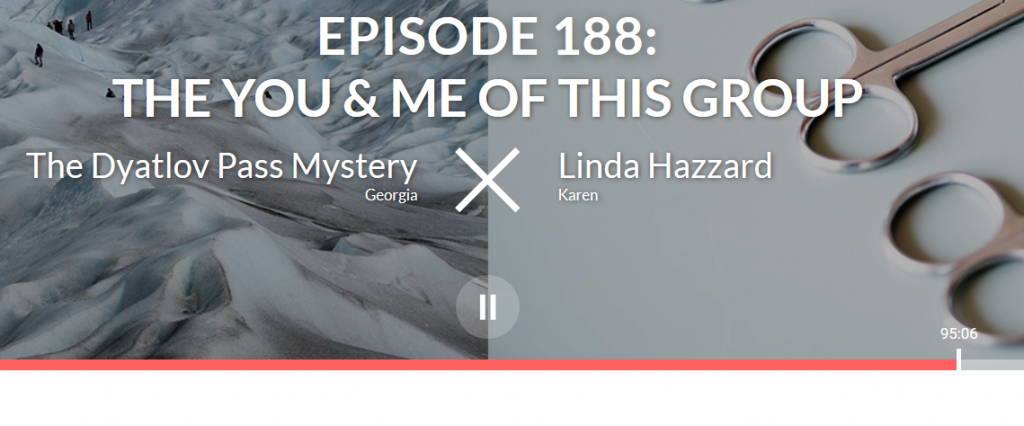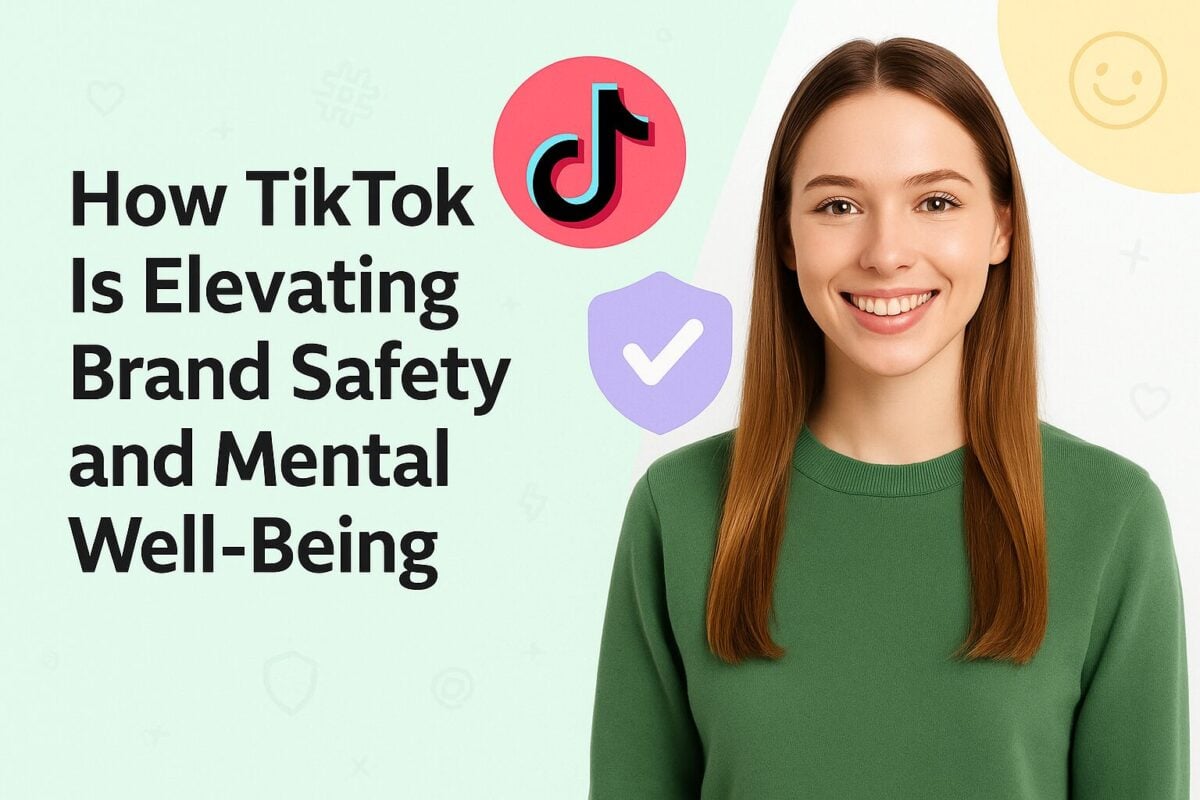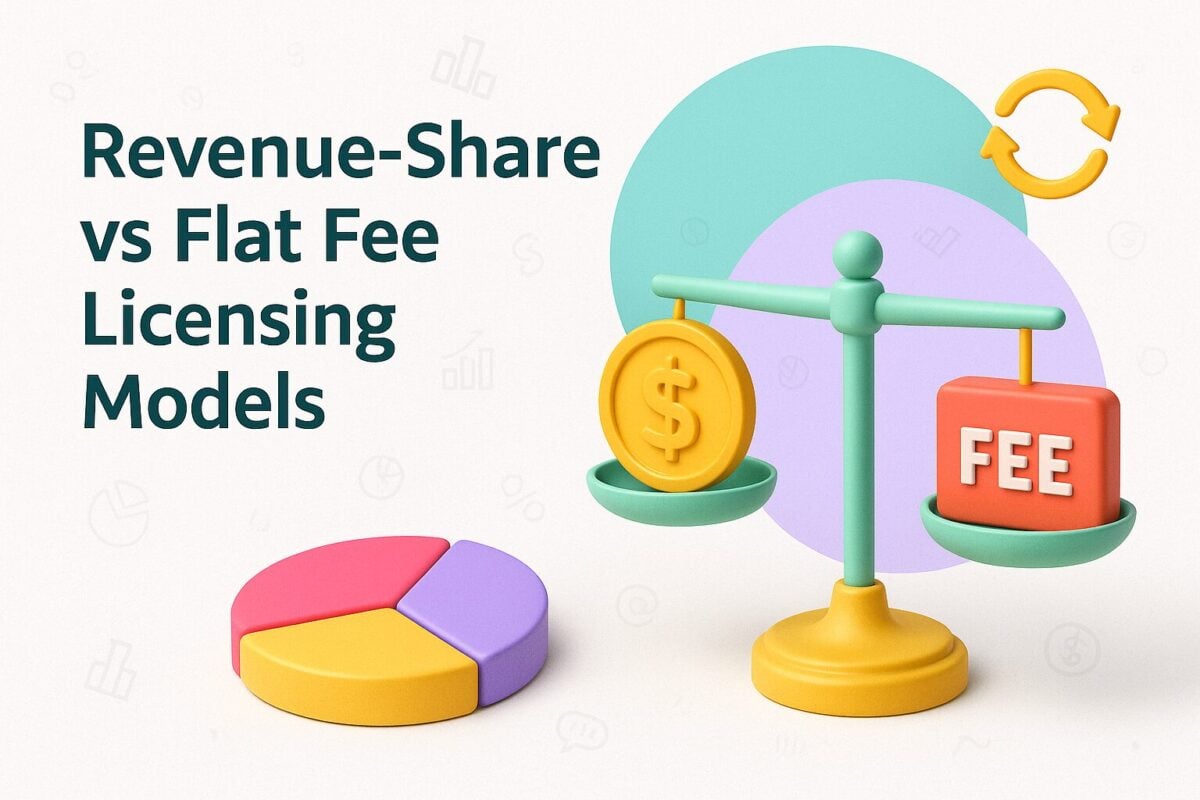When podcasts came around initially, the naysayers dismissed them. They said they were just like radio. But a lot has changed since then. Podcasts have now become more mainstream.
In fact, 51% of Americans have listened to a podcast at least once. In the same survey, 32% of respondents said that they had listened to a podcast in the past month.
It’s clear that podcasts are fast gaining popularity. If you are reading this post, chances are you are a fan of podcasts yourself or are contemplating starting your own podcast.

Source: edisonresearch.com
To help you out, we’ve compiled a comprehensive guide to get you started with podcasting. Even though it may seem simple, there are a lot of fine details you need to take care of.
Podcasting for Beginners: A Reliable Guide to Get You Started With Your Podcast:
Things to Keep In Mind Before Starting Your Own Podcast
From annoying background noises to awkward silences, there is a lot that can screw up your podcast episode. Read this step-by-step podcast guide so you can avoid all of the rookie mistakes during your first podcast.
1. Pick Your Niche
What do you want your podcast to be about? It’s a simple question. But before you answer it, consider a few factors. Think about what you want to talk about. Ideally, it should be something that you are truly passionate about.
Of course, you can always research things you don’t know about. But passion can give you the motivation to stay in the game for longer. In addition to this, it can also help you forge stronger personal connections when you talk about things that you are passionate about.
Once you have zeroed in on a niche, you need to set some time aside for research. It’s advisable to check out the top-rated podcasts in your chosen niche. Check out people’s reviews of them and pay attention to what people like (and don’t like) about them.
Also, listen to the top-rated podcasts to understand what works for them. Pay attention to the kinds of questions they ask and the kinds of tonse they use for their podcasts.
Of course, you don’t need to copy their styles. But it’s always a good idea to research your competition thoroughly.
2. Decide on Your Episode Length
Before you move on to listing topic ideas and working on content, you need to finalise how long you want each podcast episode to be. Depending on the length, you may need to do additional research or write more content.
Many podcast beginners ask if there is an ideal length for podcasts. The answer to this question isn’t definitive. You can’t take a “one-size-fits-all” approach here.
The ideal episode length varies on your niche and target audience. So, the answer to this question will be very subjective. You need to do your own research to figure out what works best in your niche.
Before you decide on the episode length, try to understand your audience. Create a persona of what your ideal listener is like. Try to step into their shoes to understand their lifestyles and habits.
For instance, say you’re planning to do a podcast that is targeted towards busy moms. In that case, it doesn’t make sense to do an episode of an hour or longer. Your target demographic has a busy life. So, they may not have a lot of time to listen to long podcasts.

Source: myfavoritemurder.com
But that doesn’t mean you can’t record longer podcast episodes. My Favorite Murder, which was once ranked #3 on iTunes, has episodes that are even longer than an hour. As long as your content is interesting, your audience won’t mind listening to a longer episode.
In addition to this, also consider in what environment your target audience will listen to your podcast. Varied environments bring in different levels of freedom and limitations.
If your target audience listens to podcasts mostly at home, they are likely to have plenty of freedom. On the other hand, someone who listens to podcasts during office hours or while commuting may face certain limitations.
3. Decide on the Frequency of Uploading Episodes
Once you have decided your average podcast length, the next step is to think about the frequency of uploading. Consistency is key to growing your podcast audience.
It is a prerequisite if you want to build strong relationships with your audience. So, it’s important for you to stick to a posting schedule.
It may be tempting to post content frequently for increased growth. But you need to factor in the time you will take to produce your podcasts. Don’t make any commitments to your audience that you can’t follow through on.
Here again, your niche may impact your decision. Will you have enough topics to talk about every week or every day? If you aren’t sure, it’s always better to start slow and then increase the frequency as your audience grows.
4. Buy the Right Equipment
On the surface, podcasting seems like a very straightforward concept. You can just switch on your phone recorder and start talking. But that won’t get you good audio quality.
If your audience can hear the vehicles passing by or your dog barking in the middle of your podcast, they are not going to be impressed.
Good quality audio should be your priority if you want to make a great podcast. Invest in a good microphone that will cancel out the background noise effectively. Make sure it picks up only your voice.
Alternatively, you could also buy a headphone or a microphone headset if the format of your show is to have guests over frequently.
Joe Rogan, one of the most popular podcasters, ensures that all of the guests on his show have a separate mic and headphones to ensure good audio quality throughout the episode.

Source: open.spotify.com
You may already own a set of headphones. So, you can buy a standalone mic to complete your podcast set. Depending on where you plan to record your episodes, you may also want to buy a microphone stand.
5. Prepare a Content Outline
Even the best of hosts may need the support of an outline to make sure they are recording their podcast well. Of course, many podcasters like to go with the flow and take an impromptu approach. That’s fine too, as long as you have a smooth conversation going on.
For others, it is advisable to prepare a rough outline of what you are going to say before you start recording. Maybe you want to list bullet points of the things you want to cover in the podcast.
Let it act as a roadmap to direct your conversation. It doesn’t need to have the exact lines that you are going to say. But you may want to include estimated time limits for each question or subtopic. If you plan to add some background music in between topics, include time slots for it in your outline as well.
6. Publish Your Podcast On Multiple Platforms
Once you are done with recording and post-processing, it’s time to put your podcast out there for the world to hear. For that, you’ll need to pick a podcast hosting platform.
For the uninitiated, these hosting platforms are where you need to upload your podcast episodes so you can publish them on iTunes, SoundCloud, and other such platforms.
Libsyn is a popular hosting platform that allows you to check your podcast analytics. Using it, you can see how your podcast is performing. Also, it has a very simple interface so it’s easy to learn.
iTunes is a popular platform for podcasters to publish their podcasts on. If you want to get your podcast published on iTunes, here are the steps you need to follow:
- First, you will need to create an RSS feed. If you have uploaded your podcast on Libsyn, you can skip this step. Libsync does the feed creation for you.
- Go to iTunes and select “Podcasts” from the menu on the top.
- Click on “Submit a Podcast” option that you’ll find under Quick Links in the right column.
- Write down your feed URL.
- Fill out all the other relevant information required.
- Click on “Submit.”
At the end of this, you will receive a message from iTunes telling you that your podcast will be reviewed soon. You should receive an approval email from them within a day or two. Once it’s approved, people will be able to search for it in the iTunes store after about 3-5 days.
SoundCloud is another great platform to publish your podcast on. The biggest advantage of using SoundCloud is that it allows you to share your podcast directly on Facebook, Twitter, and other social media platforms.
What’s more, you can also embed the audio link directly in your blog posts. That’s a great way to add multimedia elements to your posts and making them more interesting. You could also publish your episodes separately with blog posts that include a transcript of each podcast.
Conclusion
Podcasting is fun but that doesn’t mean it’s all sunshine and roses. A lot of hard work goes into each episode. If you want to enter the world of podcasting, you need to find your niche and understand your target audience.
Remember to keep your episodes crisp and avoid stretching your conversations just for the sake of time. Invest in the right equipment to ensure that the audio quality is great. Keep in mind that you will need to keep posting podcast episodes consistently at regular intervals to grow your audience.
Now you know the basics of launching your own podcast. All that’s left is for you to get started!



